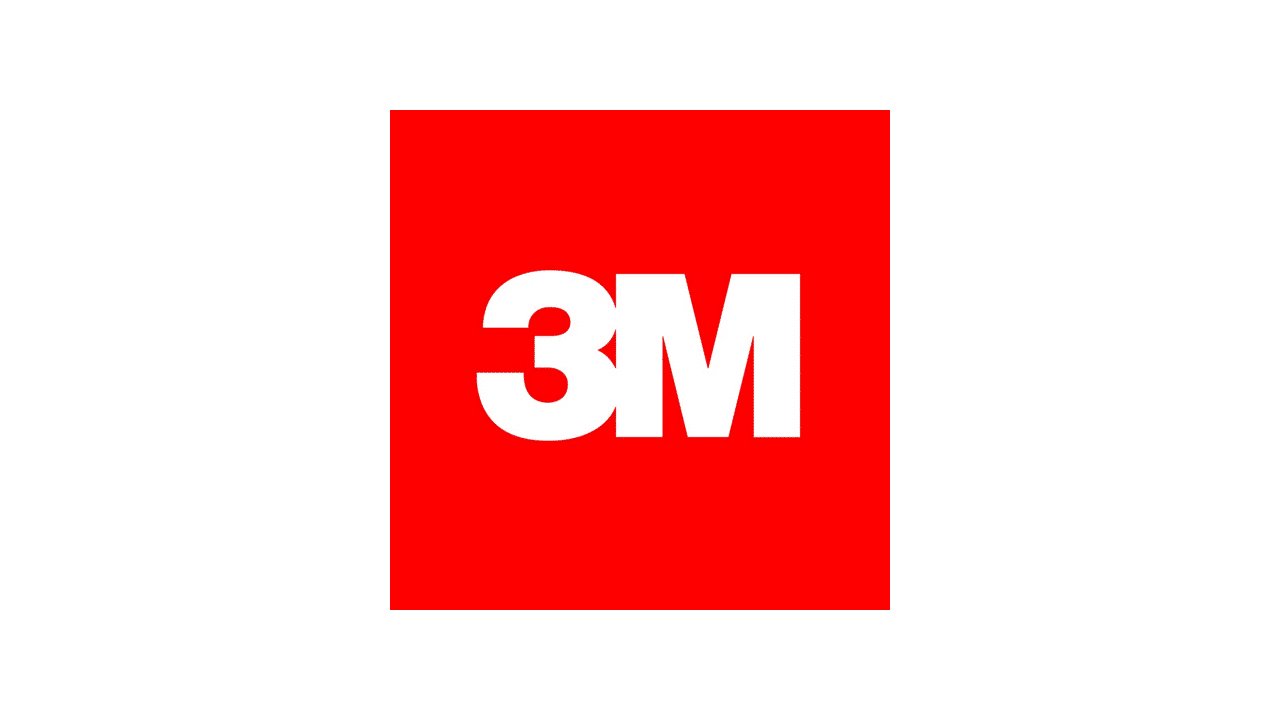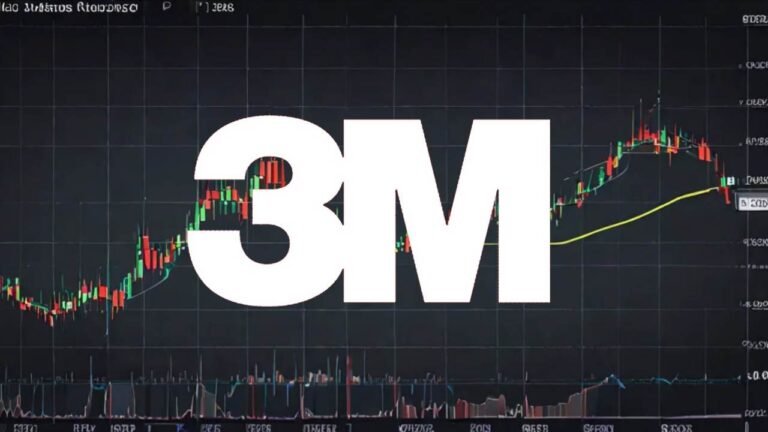The Real Cost of 3M’s PFAS Liability: What Investors Should Know
Imagine waking up to news that a company you’ve invested in is facing a multi-billion-dollar liability that could reshape its financial future. That’s the reality for shareholders of 3M, a Minnesota-based conglomerate grappling with the fallout from PFAS, or “forever chemicals.” These toxic substances, linked to serious health risks, have sparked thousands of lawsuits, massive settlements, and a looming cloud of uncertainty. For investors, the question isn’t just about 3M’s past but its ability to navigate this crisis moving forward. This article dives deep into the real cost of 3M’s PFAS liability, offering a clear-eyed look at what investors need to know to make informed decisions.
3M’s PFAS liability stems from decades of manufacturing per- and polyfluoroalkyl substances (PFAS), chemicals used in products like firefighting foam and non-stick coatings. The company faces a $10.3 billion settlement for contaminating U.S. drinking water, with total liabilities potentially reaching $20-$30 billion when including other lawsuits. Investors should understand the financial, legal, and reputational risks, as well as 3M’s plans to exit PFAS production by 2026. This article breaks down the costs, risks, and strategies in detail, helping shareholders assess 3M’s future.
Why PFAS Liability Matters for 3M Investors
Before diving into the numbers, let’s set the stage. PFAS chemicals, known for their persistence in the environment, have been linked to cancer, immune system issues, and developmental delays. 3M, a key producer since the 1950s, now faces a tidal wave of litigation. The financial stakes are massive, but so are the implications for 3M’s stock value, dividend stability, and long-term growth. Here’s why this issue demands your attention as an investor.
Key Reasons PFAS Liability Impacts 3M’s Future
- Massive Settlements: A $10.3 billion deal to resolve public water supplier claims is just the start. Total costs could climb significantly.
- Ongoing Lawsuits: Thousands of personal injury and environmental suits remain unresolved, posing further financial risks.
- Regulatory Pressure: The EPA’s push to classify PFAS as hazardous substances could increase cleanup costs.
- Reputational Damage: Public backlash and investor skepticism may erode trust in 3M’s brand.
- Strategic Shifts: 3M’s plan to phase out PFAS by 2026 could impact 4% of its revenue, roughly $1.3 billion annually.
The Financial Toll of 3M’s PFAS Crisis
Let’s break down the numbers. The costs tied to PFAS are staggering, and they’re not just one-time hits. From settlements to legal fees, here’s a detailed look at the financial burden.
Table: Breakdown of 3M’s PFAS-Related Costs
| Cost Category | Estimated Amount | Details |
|---|---|---|
| Public Water Settlement | $10.3 billion | Payable over 13 years to resolve claims from U.S. water suppliers. |
| Potential Total PFAS Liability | $20-$30 billion | Includes water, personal injury, and environmental suits. |
| Combat Arms Earplug Lawsuits | $4-$6 billion | Separate litigation adding to 3M’s overall legal burden. |
| Annual Legal Fees | $200-$300 million | Recurring costs for ongoing PFAS litigation. |
| Remediation Efforts | $1 billion+ | Investments in cleanup and filtration technology. |
Hidden Costs to Watch
Beyond the headline figures, other financial pressures lurk. For instance, 3M’s insurance disputes with AIG could limit coverage for PFAS claims, forcing the company to foot more of the bill. Additionally, the costs of reformulating or discontinuing nearly 25,000 PFAS-linked products could strain profit margins. These factors make it critical for investors to look beyond the settlement numbers.
Legal Risks and Their Impact on 3M’s Stock
The legal landscape is a minefield for 3M. With thousands of lawsuits still pending, the company’s stock price remains under pressure. Analysts have noted that 3M’s shares trade at a discount—potentially 15-25%—due to PFAS concerns. Let’s explore the key legal risks.
List: Major Legal Challenges Facing 3M
- Multidistrict Litigation (MDL): Over 4,000 lawsuits consolidated in South Carolina focus on PFAS contamination from firefighting foam.
- Personal Injury Claims: Approximately 5,000-6,000 individuals allege health issues like cancer due to PFAS exposure.
- State and Municipal Suits: States like New Jersey and New Hampshire are pursuing claims for water and environmental damage.
- Shareholder Lawsuits: Investors allege 3M hid the extent of PFAS risks, inflating stock prices between 2017 and 2019.
- Insurance Disputes: AIG’s lawsuit to avoid covering PFAS claims could increase 3M’s out-of-pocket costs.
Why This Hurts Shareholders
Each lawsuit chips away at 3M’s financial stability. For example, a 2020 litigation charge of $214 million reduced earnings by $0.29 per share. If total liabilities reach $24 billion, as some estimates suggest, 3M’s dividend—long a draw for investors—could face cuts. Analysts warn that another major settlement could make the math “too difficult” without slashing payouts.
3M’s Response to the PFAS Crisis
3M isn’t sitting idly by. The company has taken steps to mitigate its PFAS exposure, from settlements to strategic exits. Here’s a closer look at its playbook.
Table: 3M’s Strategies to Address PFAS Liability
| Strategy | Details | Impact |
|---|---|---|
| PFAS Phase-Out | Exit all PFAS manufacturing by 2026, reducing production by 20% already. | Lowers future liability but impacts revenue. |
| Settlement Agreements | $10.3 billion deal with water suppliers, with payments spread over 13 years. | Reduces litigation risk but strains cash flow. |
| Insurance Recovery Efforts | Actively pursuing coverage from insurers to offset costs. | Uncertain outcome due to AIG lawsuit. |
| Product Reformulation | Discontinued or reformulated 25,000 PFAS-linked products. | Protects brand but increases R&D costs. |
| Environmental Investments | Over $1 billion in remediation and filtration technology. | Builds goodwill but adds to expenses. |
A Personal Take
As someone who’s followed 3M’s journey, I’ve seen how the company’s innovation has driven its success. But the PFAS saga feels like a self-inflicted wound. 3M knew about PFAS risks as early as the 1950s, yet continued production for decades. Now, the cleanup—both literal and financial—is a marathon. Investors must weigh whether 3M’s proactive steps are enough to outrun the storm.
What Investors Should Do Next
So, where does this leave you as an investor? The PFAS crisis is a significant headwind, but 3M’s diversified portfolio and strong cash flow offer some resilience. Here’s a roadmap to navigate the uncertainty.
List: Actionable Steps for 3M Shareholders
- Monitor Litigation Updates: Track bellwether trials in the AFFF MDL, as they’ll signal potential settlement sizes.
- Assess Dividend Risk: With liabilities mounting, evaluate whether 3M’s 6% dividend yield is sustainable.
- Diversify Your Portfolio: Reduce exposure to 3M by investing in other industrials with less legal baggage. Check out Morningstar’s industrial stock picks for ideas.
- Watch Regulatory Changes: EPA’s PFAS regulations could spike costs. Stay informed via EPA’s PFAS Action Plan.
- Evaluate Management’s Moves: 3M’s PFAS exit and settlement strategy show commitment, but execution is key. Review quarterly earnings for progress.
A Word of Caution
Analysts like those at Reuters warn that 3M’s stock could remain a “value trap”—cheap for a reason. While the company’s $121 fair value estimate suggests upside from its current price, the high uncertainty rating means risks abound. Don’t let the dividend lure you into complacency.
The Bigger Picture: PFAS and Corporate Responsibility
The 3M saga isn’t just about one company. It’s a wake-up call for industries reliant on PFAS, from chemicals to consumer goods. As regulations tighten and public awareness grows, companies face pressure to prioritize safety over profits. For 3M, the path forward involves balancing shareholder value with environmental accountability—a tightrope walk that will define its legacy.
Table: Broader Implications of PFAS Litigation
Final Thoughts
The real cost of 3M’s PFAS liability goes beyond dollars—it’s about trust, strategy, and survival. For investors, the challenge is clear: weigh 3M’s resilience against its risks. The company’s $10.3 billion settlement and PFAS exit plan show resolve, but with $20-$30 billion in potential liabilities and ongoing lawsuits, uncertainty looms. By staying informed, diversifying, and watching key developments, you can make smarter choices about 3M’s place in your portfolio. The road ahead is bumpy, but knowledge is your best defense.
- Momentum vs. Reality: What 3M’s Stock Indicators Are Really Saying Right Now - April 23, 2025
- 3M Just Spun Off Solventum—Here’s What That Means for Your Shares - April 23, 2025
- The Real Cost of 3M’s PFAS Liability: What Investors Should Know - April 23, 2025






